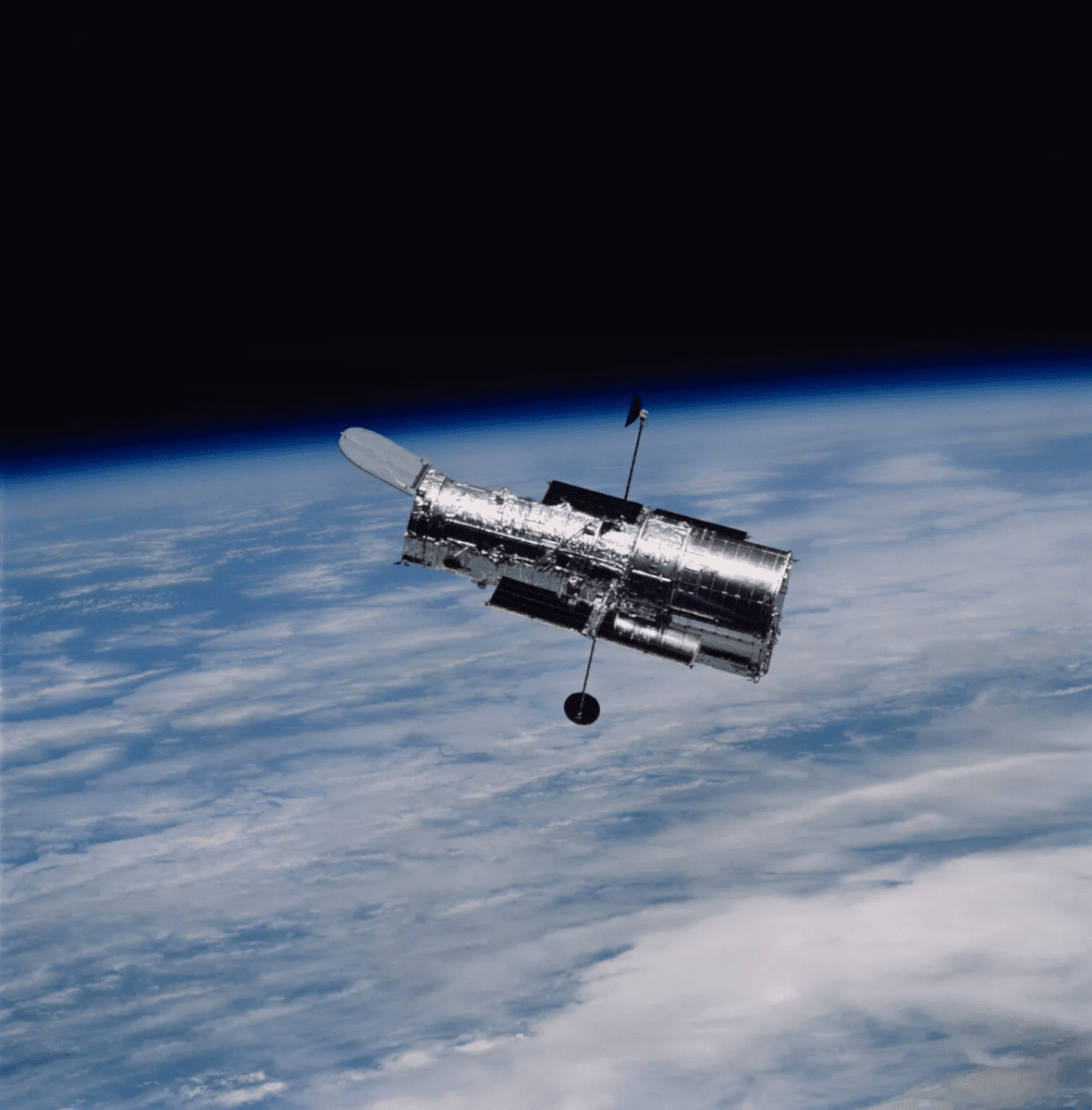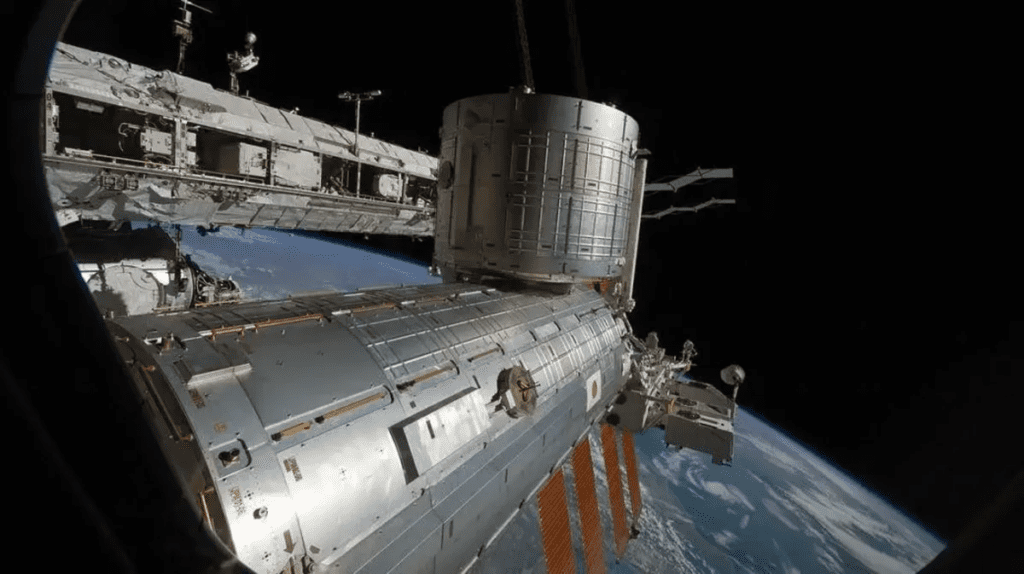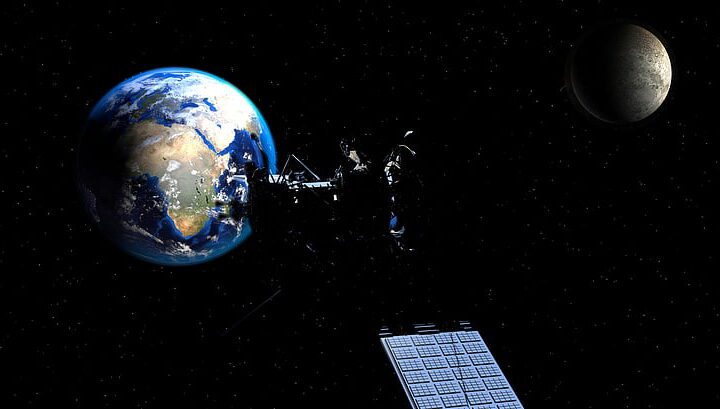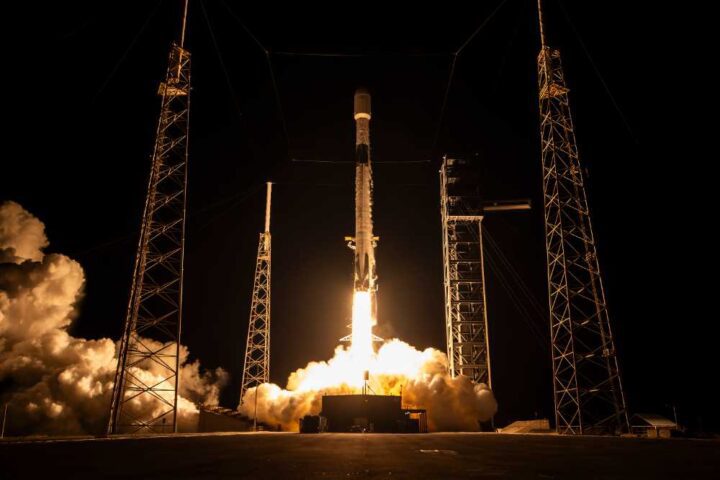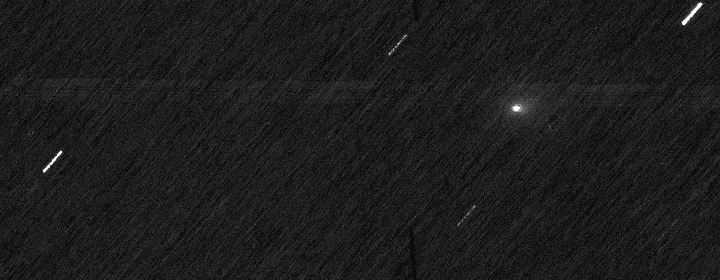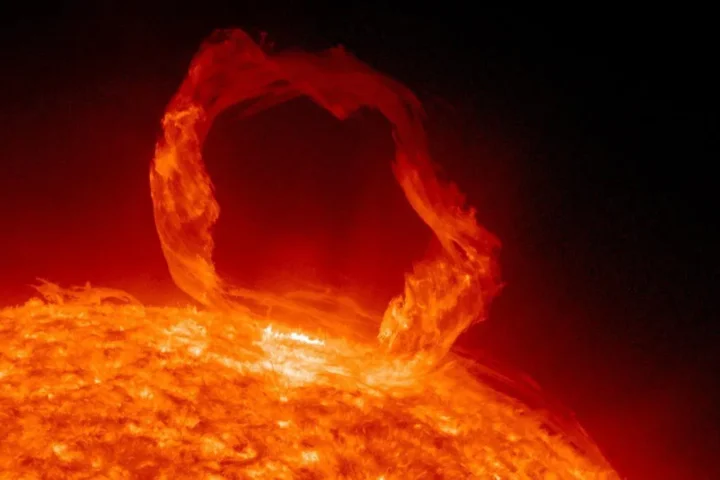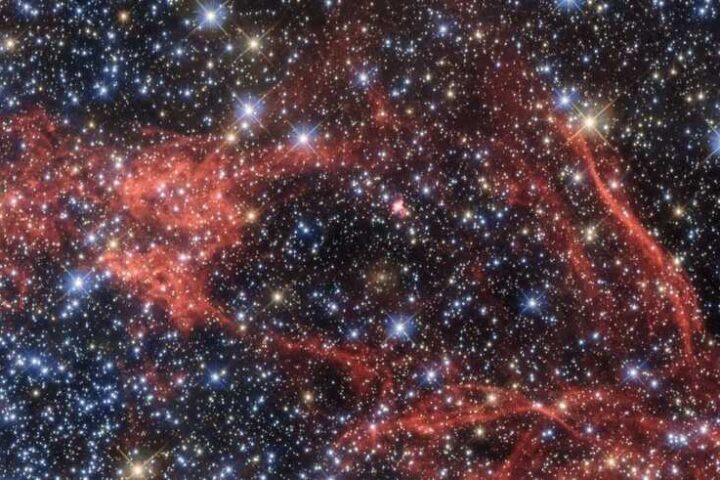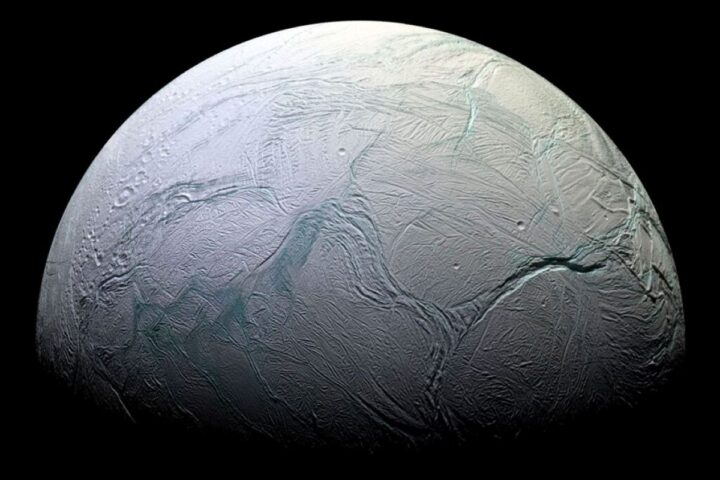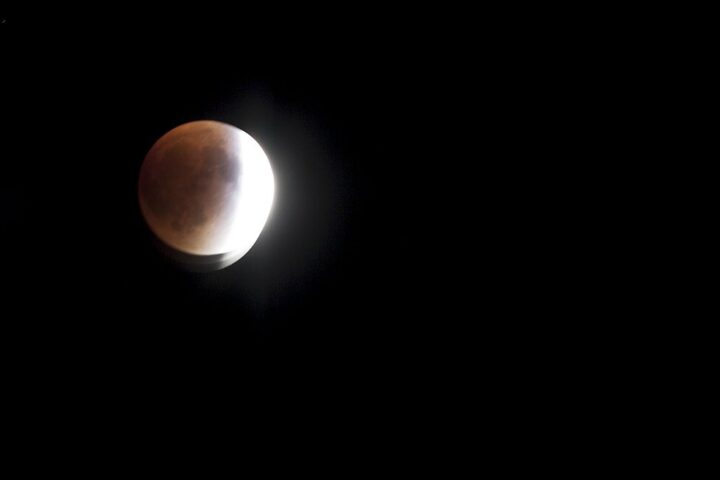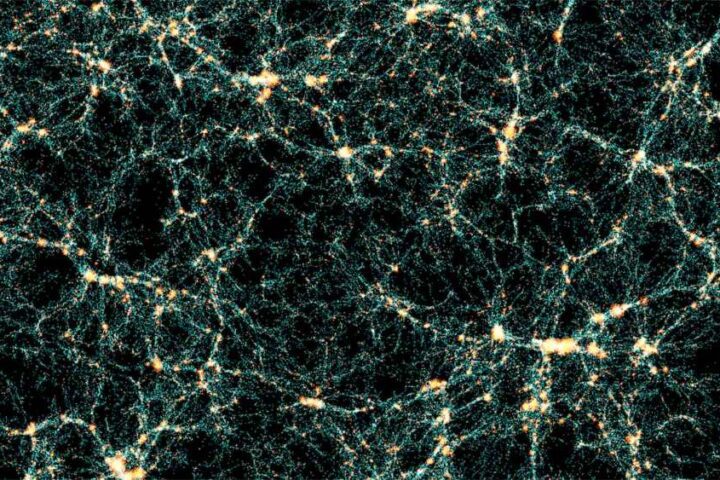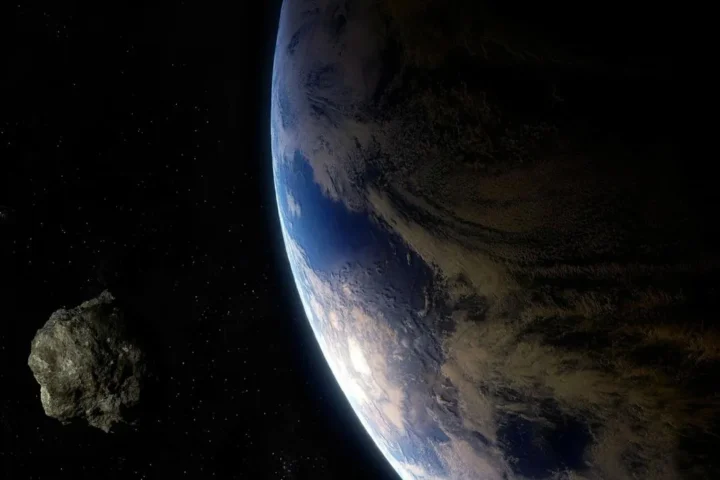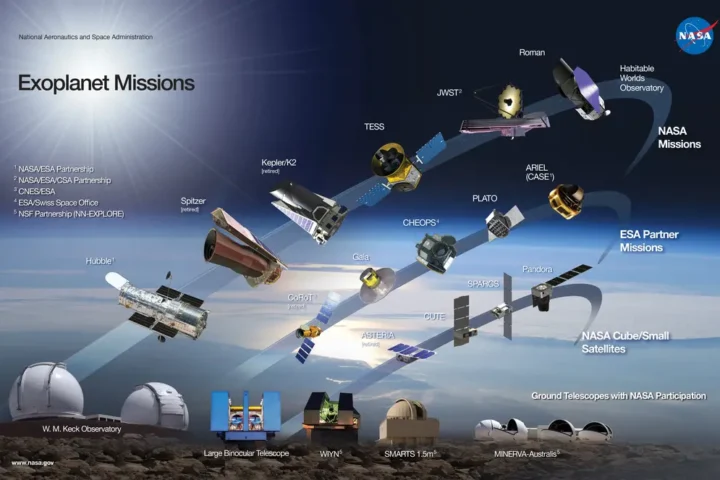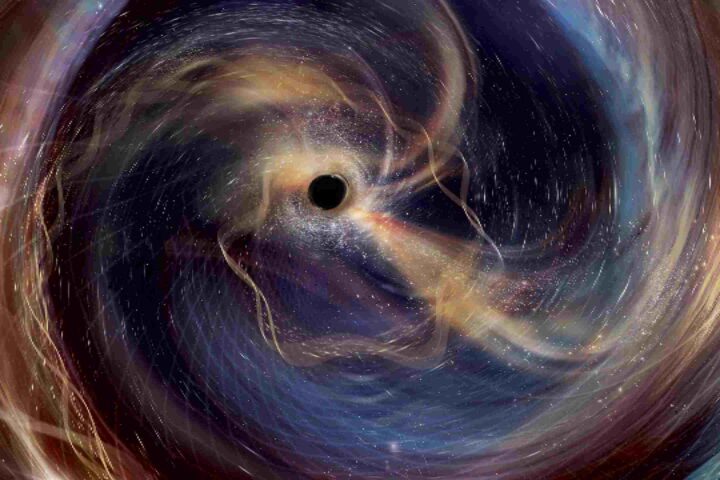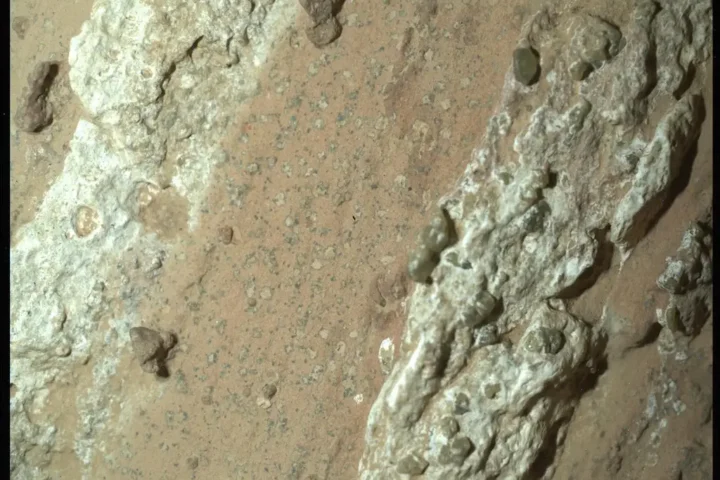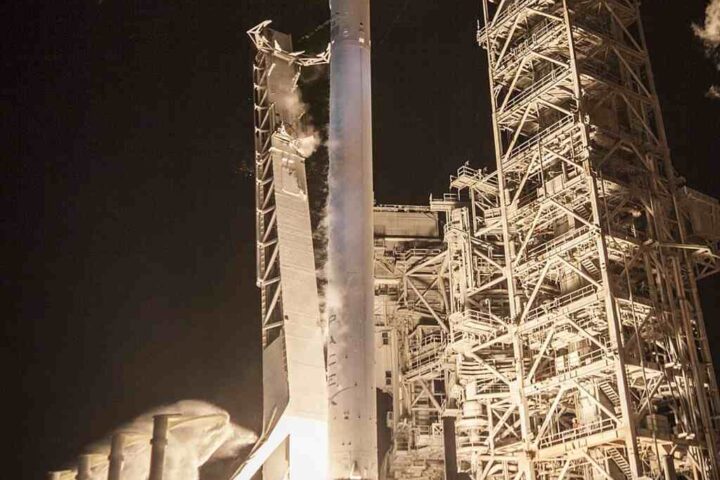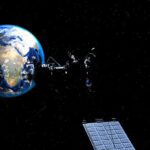After 33 years in orbit, NASA’s Hubble Space Telescope is facing an uncertain future. The Hubble Space Telescope might be falling into a dangerous low-Earth orbit. Astroscale, a Tokyo-based startup, and Momentus Space, a California-based company, have devised a joint plan to rescue Hubble.
While SpaceX is also involved in a feasibility study with NASA, the proposal from Momentus and Astroscale presents an intriguing alternative. The plan involves launching a non-crewed rocket with a water-propelled “space tug” thruster to pull Hubble up by 31 miles and clear any space debris.
Momentus and Astroscale specialize in space infrastructure and orbital debris, making them well-suited for collaborating on this mission. Hubble’s longevity is attributed to five space shuttle missions that repaired its instruments between 1993 and 2009.
To prevent Hubble from reentering Earth’s atmosphere in the mid-2030s, its altitude needs to be raised to counter atmospheric drag. NASA issued a Request for Information (RFI) to explore potential solutions from commercial vendors to save the aging telescope.
Momentus and Astroscale have expressed their willingness to collaborate on a future servicing mission for Hubble, including orbit realignment and debris removal. This collaboration highlights the importance of dynamic and responsive in-space infrastructure for space exploration and opportunities.
Momentus already has a space tug craft in development, which will be utilized if the joint project is selected by NASA. Astroscale’s expertise lies in space debris capture techniques, which suffered a setback during a recent orbital test.
The untested nature of the startups’ plan may raise concerns for NASA, especially given SpaceX’s successful track record. However, the novelty and unique options presented by Momentus and Astroscale’s plan could be its main selling point.
Similar Post
The potential solution involves launching an orbital service vehicle built by Momentus and incorporating Astroscale’s components. Instead of sending astronauts, the vehicle would rendezvous with and capture Hubble, boosting it to a higher orbit and removing any litter.
The companies’ proposals offer a cool and alternative approach, pending NASA’s decision to allocate funding for the mission. The response to NASA’s RFI remains confidential, leaving uncertainty about other companies’ involvement in saving Hubble.
NASA previously studied the technical feasibility of using SpaceX’s Dragon capsule to boost Hubble and collected relevant data. The outcome of the feasibility study and RFI does not guarantee a Hubble servicing mission, as NASA may consider newer technologies and future exploration plans. The fate of Hubble hangs in the balance as stakeholders evaluate the best course of action to ensure its continued scientific contributions.
